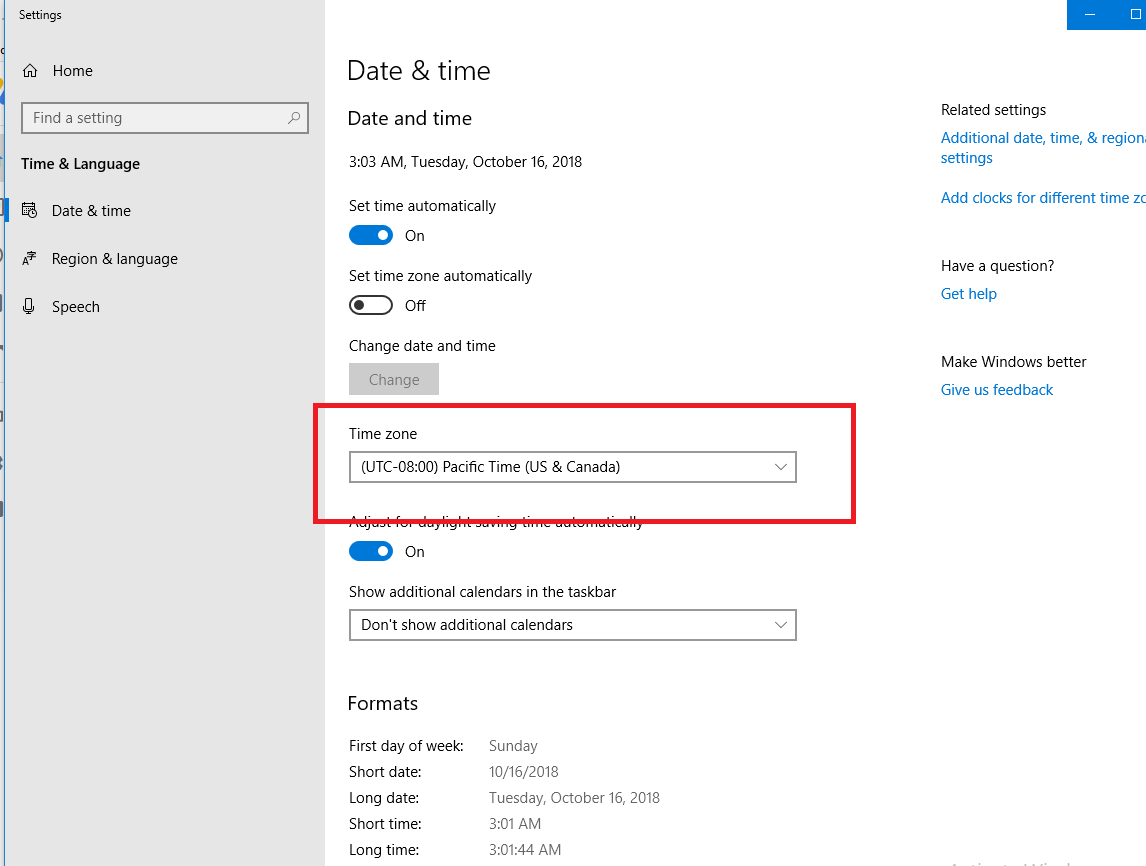
Here is a list of the most common file permissions: Value If you don’t want to give any permission to a user, enter 0 into the corresponding spot. Remember, the owner’s permissions always come first, then followed by group and others. Meanwhile, since group and others are only allowed to read the file, we give them 4. So if you want to give all permissions ( rwx) to a user, we need to add read (4), write (2), and execute (1). Therefore, rwx is equal to 7. R ead, write, and execute are represented by a numerical value: The number determines the file permissions. However, group and others are only allowed to read ( r–).Īt this point, you might wonder why we are using a three-digit number (744) after the chmod command. Simply enter this line: chmod 744 īy executing this command, the owner can read, write, and execute the file ( rwx). Let’s say someone in the group is getting bash: permission denied error and we want to change Linux file permissions from -rwxrw-rw- to -rwx-r–r–.

The last group is others’ file permissions.This is because the last character is a hyphen instead of the letter x. We can conclude that the group can read ( r) and write ( w), but cannot execute the file. The next three characters are the group’s file permissions.In this example, we can see that the owner can read ( r), write ( w), and execute ( x) the file.


We will be using the chmod command to change file and folder permissions in Linux.
#LINE CALLING PERMISSIONS RESET HOW TO#
How to Change File and Folder Permissions You can launch it by pressing Ctrl + Alt + T. But before we begin to learn how to use them, make sure you have access to the command line. This way, we can protect sensitive information and prevent unwanted changes from happening.įortunately, thanks to chmod and chown commands, it is easy to edit permissions and owners in Linux. In such a large environment, we need to set file permissions and ownership, so only specific users can access our data. That’s why developers often use this OS for group projects. What’s great, the system can be accessed locally or remotely. Linux is a multi-user operating system, so more than one person can work on the same computer at the same time. Why You Need to Change Permissions and Owners in Linux

Using Options with chmod and chown Commands.Changing the Owners of Files and Folders.How to Change File and Folder Permissions.Why You Need to Change Permissions and Owners in Linux.


 0 kommentar(er)
0 kommentar(er)
